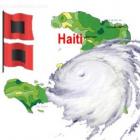ADVERTISEMENT
Photos
Haitian Slave Revolution
Of nearly 500,000 slaves in St. Domingue, 400,000 were field slaves and their lives were miserable. They were made to work from dawn to dusk and were under-fed. They were not given proper medical attention and their owners found it easier to buy new slaves to replace the old and the sick and never bothered about treating and retaining the old ones.
Le Code Noir 1742 - Chapter reg Slave and justice
Le Code Noir 1742 before the Haitian Revolution
On the eve of French Revolution, there were nearly 500,000 slaves in St. Domingue. St. Domingue's slave system was very cruel. It is being said that the recalcitrant slaves in rest of the Americas were kept in control by threatening them to be sold to St. Domingue. However, there was still a distinct division among the slaves in St. Domingue. Nearly 100,000 were domestic slaves involved in cooking and art and severed as personal servants. They were generally well treated compared to other field slaves. These domestic slaves were the last to join the slave rebellion.
Slave Rebellion in Saint Domingue, Toussaint L.Ouverture and Jean Jacques Dessalines
Picture of Toussaint L.Ouverture and Jean Jacques Dessalines
A very short and simple history of Haitian Revolution is that it started in 1791 with an organize slave rebellion and ended in 1803 with the French Colony called St. Domingue turning into the first ever independent black nation called the Republic of Haiti. This is very true but the slave rebellion was not the only rebellion. There were in fact different revolutions that occurred simultaneously because of the French Revolution which started in 1789 in Paris. These included - Planters' move towards independence, the People of Color's revolution and the 1791's slave uprising.
Why the Haitian Revolution was possible
On 26th August, 1789, France passed the Declaration of the Rights of Man. According to the declaration, all men were considered to be equal in the eyes of law. Though the government did not want the colonies to know about this, the word eventually went out and gave new hopes to the black slave who were still being exploited by French government. This result resulted in the organized rebellion.
The revolution in Haiti
With the onset of the French Revolution of 1789, one of the colonies of France - St. Domingue (now Haiti), turned out to be one of the richest furnishing around two-thirds of overseas trades of France. Despite the fact that St. Domingue was the richest colony, slave resistance started and took an organized form towards the end of the 18th century. Though several resistances came up because of the French Revolution, the slave resistance continued for years and finally an organized slave rebellion took place in 1791. A continuous 12-year resistance finally gave birth to Haiti.
Haitian Revolution
In 1789, the entire Europe was sucked into was because of the French Revolution. This French Revolution also tickled the slave uprising in Caribbean. Over next 5 years France eventually abolished slavery in all its colonies by building on 'Declaration of the Rights of Man'. However, in 1802, Napoleon Bonaparte tried to bring back slavery in West Indies by means of military force and political guile and captured and exiled Toussaint, the commander-in-chief of Island by French Convention and Governor for life of St. Domingue. The fight however continued and in 1804, Dessalines became the ruler of a new nation called Haiti, which means 'Higher Place'.
Neg Mawon, Neg Maron or Black Maroon
Neg Mawon, which in Creole means The Black Maroon and in English referred to as "Unknown Slave" is a statue that represents the Haitian Revolution. It shows a man holding a conch shell to his lips with the left hand with the right hand holding a machete and the left leg extended having a broken chain on the ankle.
Haiti has 4th largest US embassy
Many people want to know what is one of the biggest US Embassy doing in Haiti. Any way, with the construction of the new complex, Haiti now holds the title for housing the fourth biggest US embassy all over the world. For a poor country with very limited resources, this is very interesting.
So why is there such a large US presence in Haiti with such a huge US embassy? I do not think Haiti represents any major danger to the country. I believe the primary reason is that per the geographical location of Haiti, the US can not afford not to pay close attention to it. There is the drug problem, the problem of illegal migration of Haitians to the US. And also more importantly, the need to provide close supervision to the Haitians.
It seems like we can not do it on our own and the American government knows that. Therefore, you end up with two National palaces in one city, the Haitian national Palace and the US embassy .
Sophia Martelly and Olivier Martelly accused by lawyer Newton Saint-Juste
Haitian lawyer Newton Saint-Juste brought a legal suit against the wife of the Haitian president, Sophia Martelly and his son Olivier Martelly for two presidential decrees given them the authority to manage public funds. These Decrees that is contrary to the Haitian Constitution gave them authorization to run the program "Aba grangou" to create the Commission to Support the Coordination of Infrastructures for Sports. According to Haitian attorney Newton Saint-Juste these deals are valued at hundreds of millions of U.S.
Newton Saint-Juste stated that these acts by President Michel Martelly constitute a duplication of services and likely an excuse to squander the scarce funds in the country.
Haiti among least diverse countries in the world
Haiti, one of the least culturally diverse countries in the world in 2013
Based on a study done on more than 180 countries, it was concluded that Argentina, Haiti or the isolated Comoros islands off the southeast coast of Africa are the countries least culturally diverse.
On the other hand, countries like Chad and Togo, with more than 37 tribal groups that speak more than 39 languages and where the various groups did not share common culture or history were most culturally diverse.
Argentina, the Comoros, Haiti, the Dominican Republic, Rwanda and Uruguay rank as the world's least diverse countries
A caution: Cultural diversity is a different concept than ethnic diversity

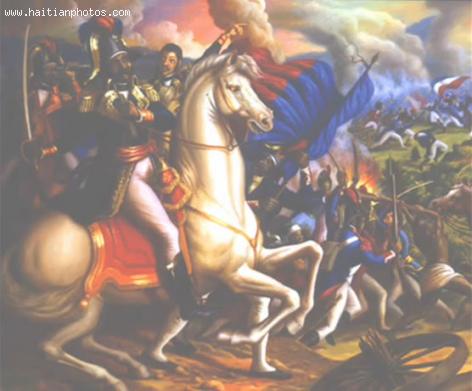

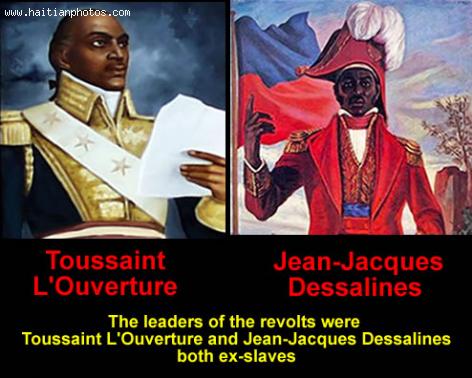
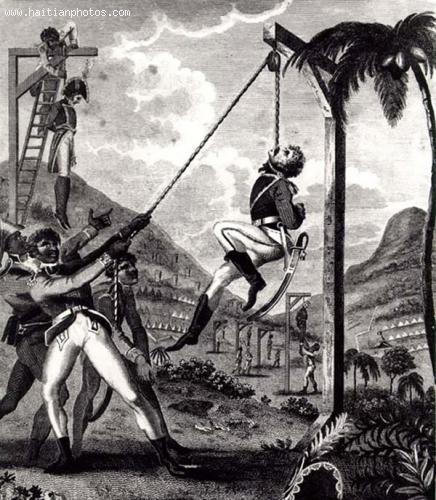
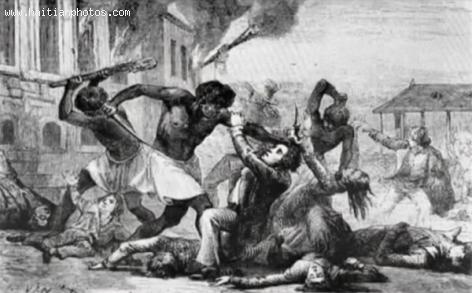
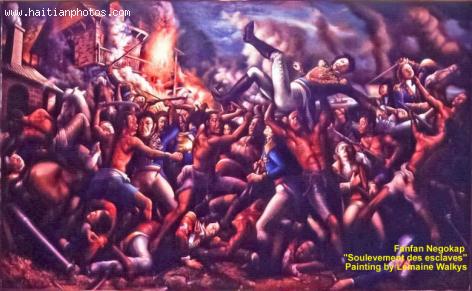
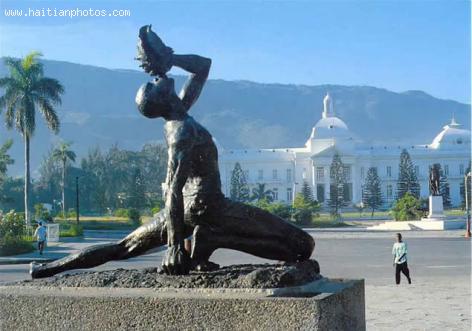
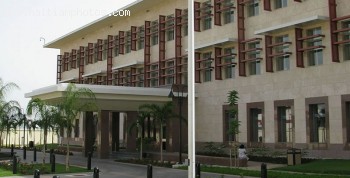

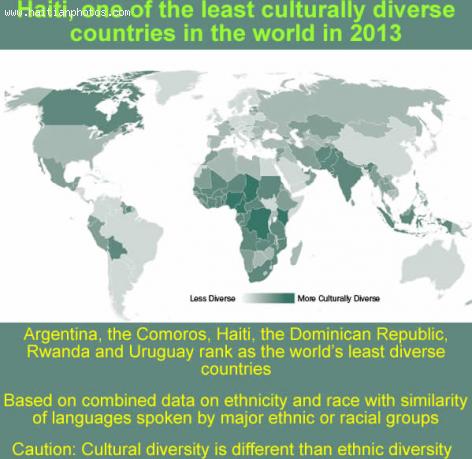
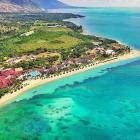 Royal Decameron Indigo and White sands
Royal Decameron Indigo and White sands  Hotel Beck in Cap-Haitien, Haiti
Hotel Beck in Cap-Haitien, Haiti  Texaco Gas Station In Haiti
Texaco Gas Station In Haiti  Pope Francis appointed Mgr. Launay Saturne Archbishop of...
Pope Francis appointed Mgr. Launay Saturne Archbishop of... 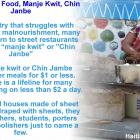 Haiti Street Food, manje kwit or Chin Janbe, for $1 or less
Haiti Street Food, manje kwit or Chin Janbe, for $1 or less  Philippe Vorbe entered world football Hall of Fame, CONCACAF
Philippe Vorbe entered world football Hall of Fame, CONCACAF  Former PNH Chief, Godson Orelus, arrested for illegal arm...
Former PNH Chief, Godson Orelus, arrested for illegal arm...  Commissioner Frantz Pierre indicted for accepting bribes
Commissioner Frantz Pierre indicted for accepting bribes 
